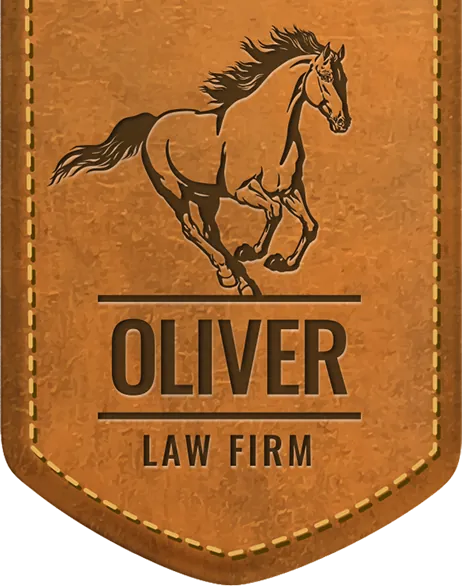It is no secret that most vehicle injuries are caused by human error. This is true of road vehicles, airliners and every form of transportation conceived by humans since upright still had a touch of novelty. To assist and sometimes replace the human element, we have invented every level of automated assistance designed to help us stay awake and alert, detect and avoid danger, and find our destination without maps or any serious forethought. But what happens when those automatic systems break down, and, all of a sudden, we find ourselves responsible for directing this mechanical symphony?
Well, mostly, we crash. But why? People have been driving for a century; most of that time without all the accouterments of contemporary automated driving. And therein lies the rub. The more accustomed we become to automated functions, the less prepared we are when those functions break down. A very well-known example should help clarify this phenomenon. To illustrate the point, let’s briefly take to the skies.
In 2009, Air France Flight 447 crashed into the Atlantic Ocean en route to Paris. In short, the indicators that told the plane’s autopilot how fast the plane was going stopped working. The pilots, lulled into complacency by a process that worked for them flight after flight, were not prepared for manual control at such a critical moment. As the autopilot switched off, the confused pilots took full control, and their reactions led to the immediate crash of the plane. uncovered a lethal trend: the more humans rely on automated functions, the slower their reaction time to crises that require human control.
NASA’s human factors team has found this to be true across the board. The team reported that “deterioration of manual flying skills due to increased reliance upon automation is a strong contributor to manual handling errors.” When we manually control a vehicle from start to finish, we are more aware of the evolving situation and in a better position to react more quickly to sudden changes. When we are assisted by automated functions and only gain control when there is a critical problem, we are often left stunned, and, by the time we catch up with what is actually happening, it is often too late to react in a way that resolves the problem.
As automated technology becomes more and more widespread over the coming years, every driver on the road will face the same challenge for which pilots have been trained for decades. The technology designed to make us safer also makes us more complacent; it takes us out of the moment. The more automated the technology, the less likely we are to be paying close attention at the moment something goes wrong, and the speed of our reaction in a critical situation can mean the difference between life and death.
So what is the solution to this problem? To be honest, there are many very talented human factors specialists working on it, as they have done continuously for many, many years, and their jobs are growing more complicated every day. As autonomous features become more widely available on road vehicles, every driver must decide how much trust they are willing to put in these systems, and, the more we trust the technology, the more likely we are to be paying little to no attention at the moment when it all goes wrong. The solution is vigilance, but the technology is being developed specifically so that drivers don’t have to micromanage every aspect of driving a car. Only time will tell if we are developing a safer system or just a more distracting one.
In the meantime, no matter how advanced your vehicle claims to be, keep your eyes on the road and your hands on the wheel. And if that isn’t enough, and you become the victim of another driver’s negligence, you should take action. The legal battles we fight today will pave the way for better road safety in the future. Bring your case to Oliver Law Firm. Get the justice you deserve and, together, let’s make the roads safer for tomorrow.
a Free Consultation



